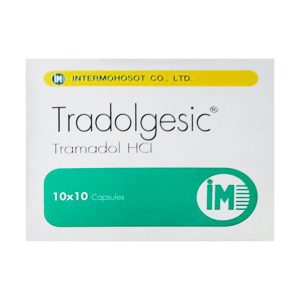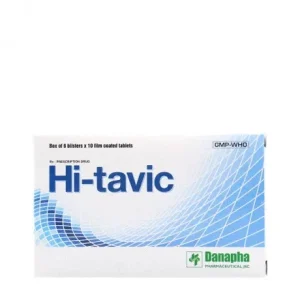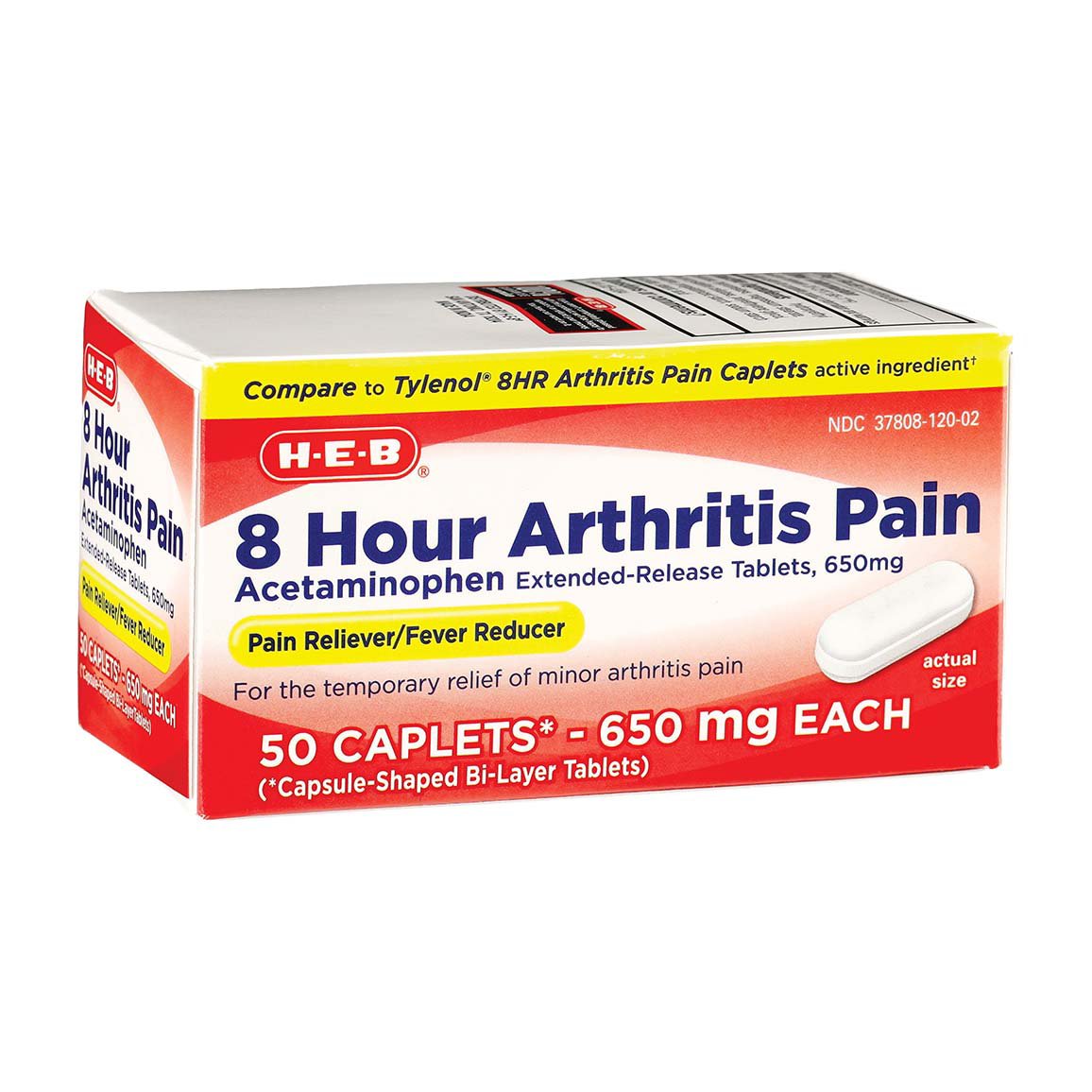We deliver to you every day from 7:00 to 23:00
The best discounts this week
Every week you can find the best discounts here.
What’s the Best Painkiller for Chronic Arthritis?
Chronic arthritis is a condition that can severely impact the quality of life. With constant pain and discomfort, finding effective pain relief is essential. Understanding which painkillers work best for managing chronic arthritis is crucial for anyone suffering from the condition. In this article, we will dive into the various painkillers available, their effectiveness, and how they can help alleviate the pain caused by arthritis.

Understanding Chronic Arthritis
Chronic arthritis refers to long-term inflammation of the joints, leading to pain, stiffness, and sometimes swelling. This condition can affect any joint in the body, though it commonly targets the knees, hips, hands, and spine. While there is no cure for chronic arthritis, proper management of pain and inflammation is essential to maintaining a good quality of life.
The pain associated with chronic arthritis often comes in flare-ups, making it even more difficult for individuals to find lasting relief. That’s why understanding the best painkillers for chronic arthritis is essential. It’s important to explore the different types of pain relief options available, from over-the-counter remedies to prescription medications.
Over-the-Counter (OTC Painkillers for Arthritis
For many people, over-the-counter pain relievers are the first line of defense against chronic arthritis pain. These painkillers can be highly effective in reducing mild to moderate pain and inflammation.
Nonsteroidal Anti-Inflammatory Drugs (NSAIDs)
NSAIDs, such as ibuprofen (Advil, Motrin) and naproxen (Aleve), are among the most commonly used OTC pain relievers for arthritis. They work by reducing inflammation, which is a major cause of pain in arthritis sufferers. NSAIDs are widely available and come in both oral and topical forms, allowing for convenient application depending on the severity of the pain.
While effective, NSAIDs can have side effects, especially when used for long periods. Some potential side effects include gastrointestinal issues, kidney damage, and an increased risk of heart problems. Therefore, it’s important to consult with a healthcare provider before regularly using NSAIDs for arthritis pain.
Acetaminophen (Tylenol)
Acetaminophen is another popular OTC painkiller that is often recommended for mild arthritis pain. Unlike NSAIDs, acetaminophen does not address inflammation directly but works by blocking pain signals in the brain. It’s generally considered safe for short-term use, especially for individuals who cannot tolerate NSAIDs due to gastrointestinal or other issues.
However, acetaminophen does not treat the underlying inflammation of arthritis, so it may not provide long-term relief for those with chronic conditions. It is also crucial to use this medication as directed, as overuse can lead to liver damage.
Prescription Painkillers for Chronic Arthritis
For those with more severe arthritis pain, or those who find limited relief with OTC medications, prescription medications may be necessary. There are several stronger pain relief options that can be prescribed by a doctor.
Prescription NSAIDs
Similar to OTC NSAIDs, prescription versions may offer stronger pain relief and may be better suited for individuals with more severe arthritis. These medications may also come in extended-release formulations to provide long-lasting relief. However, the side effects of prescription NSAIDs can be more severe, including stomach ulcers, bleeding, and kidney issues.
Opioid Painkillers
In certain cases of severe arthritis pain, opioid medications like oxycodone or hydrocodone may be prescribed. These painkillers work by altering the way the brain perceives pain, providing significant relief. However, due to their addictive nature and the potential for overdose, opioids are typically only prescribed for short-term use and under strict medical supervision.
Long-term opioid use is not recommended for arthritis management due to the risks involved. Physicians generally aim to explore alternative treatments before resorting to opioid prescriptions.
Disease-Modifying Anti-Rheumatic Drugs (DMARDs)
For rheumatoid arthritis (RA) patients, DMARDs are prescribed to target the underlying immune system dysfunction that causes joint inflammation. Medications like methotrexate, sulfasalazine, and hydroxychloroquine are used to control inflammation and prevent joint damage.
While DMARDs don’t necessarily provide immediate pain relief, they can slow the progression of arthritis and offer long-term relief by addressing the root cause of the disease. It’s crucial to use these medications under the guidance of a doctor due to potential side effects.
Topical Treatments for Arthritis Pain
Topical treatments are another effective option for managing chronic arthritis pain, particularly for those who prefer not to take oral medications. These treatments can be applied directly to the skin, targeting pain relief at the site of inflammation.
Topical NSAIDs
Topical NSAID creams or gels, such as diclofenac (Voltaren Gel), provide a localized pain-relieving effect without the potential for systemic side effects. These treatments are often recommended for individuals with arthritis pain in smaller joints, like the hands and knees.
Capsaicin Creams
Capsaicin, derived from chili peppers, is an ingredient found in certain topical creams designed to reduce arthritis pain. Capsaicin works by depleting substance P, a compound that transmits pain signals to the brain. Although it may cause a warming sensation on the skin, many people find it effective for long-term pain relief.
Complementary and Alternative Therapies
In addition to traditional medications, there are several complementary therapies that can help manage arthritis pain naturally.
Physical Therapy
Physical therapy is an essential part of arthritis management. Working with a therapist can help individuals improve joint mobility, strengthen muscles around the affected joints, and alleviate pain. This non-invasive approach can significantly reduce reliance on painkillers over time.
Heat and Cold Therapy
Applying heat or cold to painful joints can provide temporary relief. Heat can relax stiff muscles, while cold can numb the pain and reduce swelling. These therapies are simple, affordable, and can be done at home.
Lifestyle Changes to Manage Arthritis Pain
Managing arthritis pain goes beyond just medication. Incorporating certain lifestyle changes can significantly reduce pain and improve overall joint function.
Regular Exercise
Engaging in low-impact exercise such as swimming, walking, or cycling can help maintain joint flexibility and strength. Exercise also boosts the production of natural pain-relieving endorphins, helping to reduce discomfort.
Maintaining a Healthy Weight
For individuals with arthritis, excess weight can put additional strain on the joints, particularly the knees, hips, and back. Maintaining a healthy weight through diet and exercise can alleviate this pressure and reduce pain.
FAQs about Arthritis Pain Relief
Q: What is the best painkiller for arthritis pain?
A: The best painkiller for arthritis pain varies depending on the severity and type of arthritis. NSAIDs like ibuprofen are commonly used for mild to moderate pain, while prescription NSAIDs, opioids, or DMARDs may be needed for more severe cases.
Q: Can I take over-the-counter painkillers daily for arthritis?
A: It’s important to consult with a healthcare provider before taking OTC painkillers daily. Long-term use of NSAIDs can cause side effects like gastrointestinal issues or kidney damage.
Q: How can I manage arthritis pain without medication?
A: Non-medication options like physical therapy, heat and cold therapy, and exercise can help manage arthritis pain effectively. These methods can complement medication or even reduce the need for it.
Q: Are there natural remedies for arthritis pain?
A: Some natural remedies include turmeric, omega-3 fatty acids, and glucosamine supplements. However, it’s important to consult a doctor before using them to ensure they are safe and effective.
Conclusion
In conclusion, there is no one-size-fits-all solution for arthritis pain relief. The best painkiller will depend on the type of arthritis, the severity of symptoms, and individual health factors. Whether it’s OTC medications, prescription treatments, or complementary therapies, finding the right combination is key to managing pain and improving quality of life. Always consult with a healthcare provider before starting any treatment plan to ensure it’s the right choice for your specific condition.
For more detailed information on arthritis pain management, visit our website DUYTHIN.DIGITAL.












